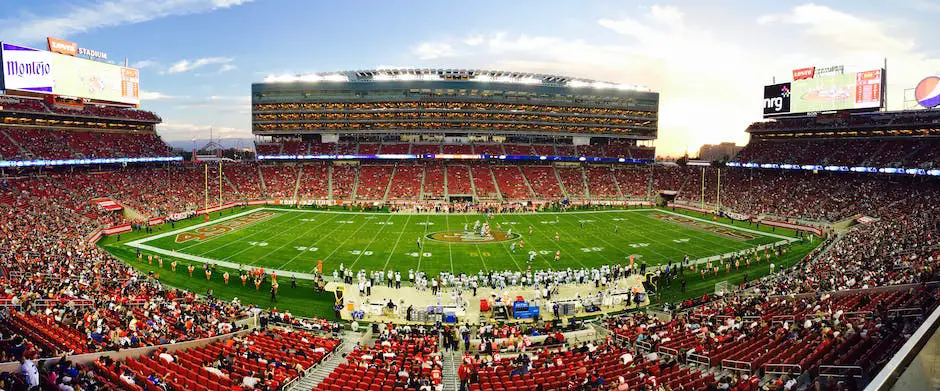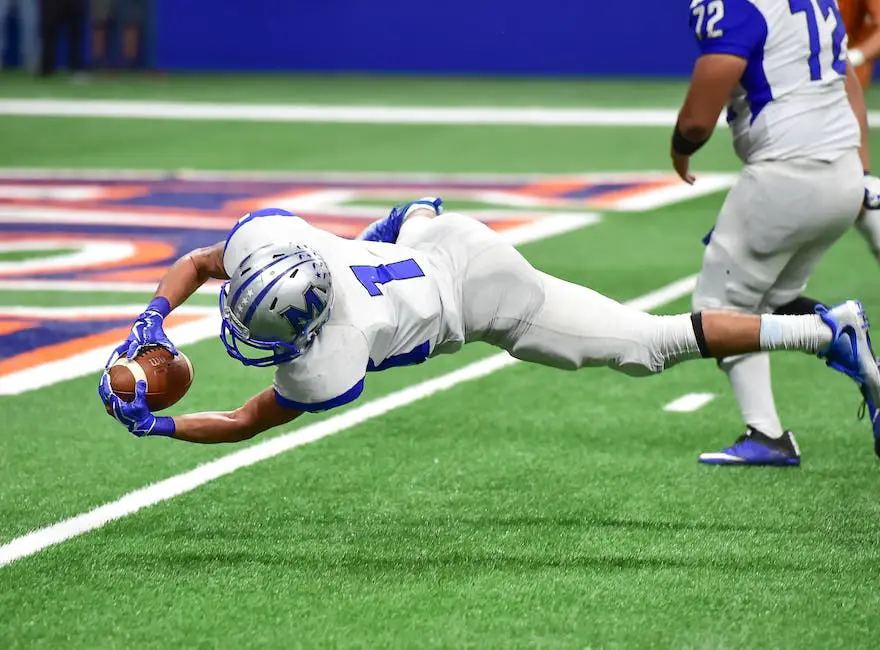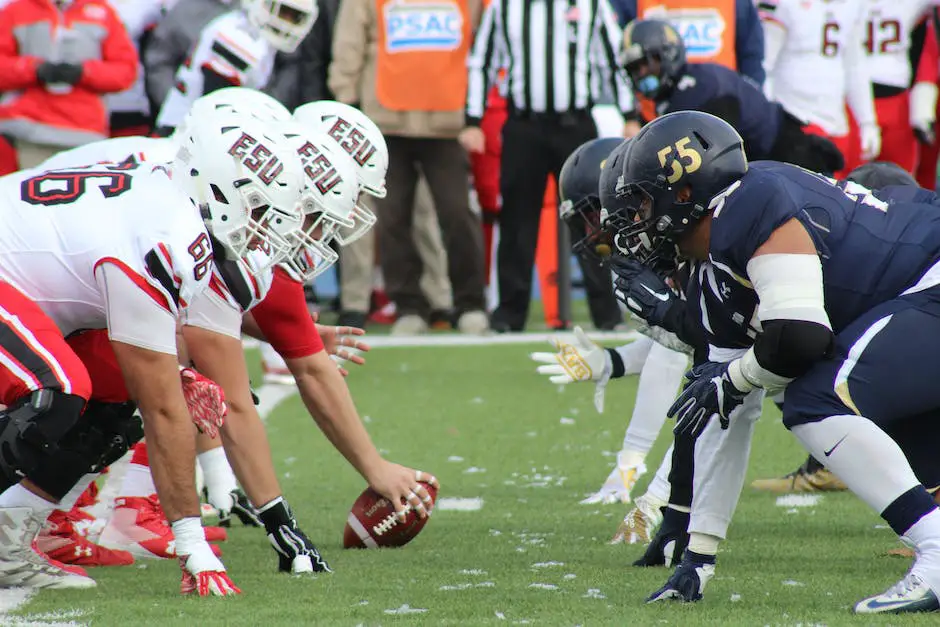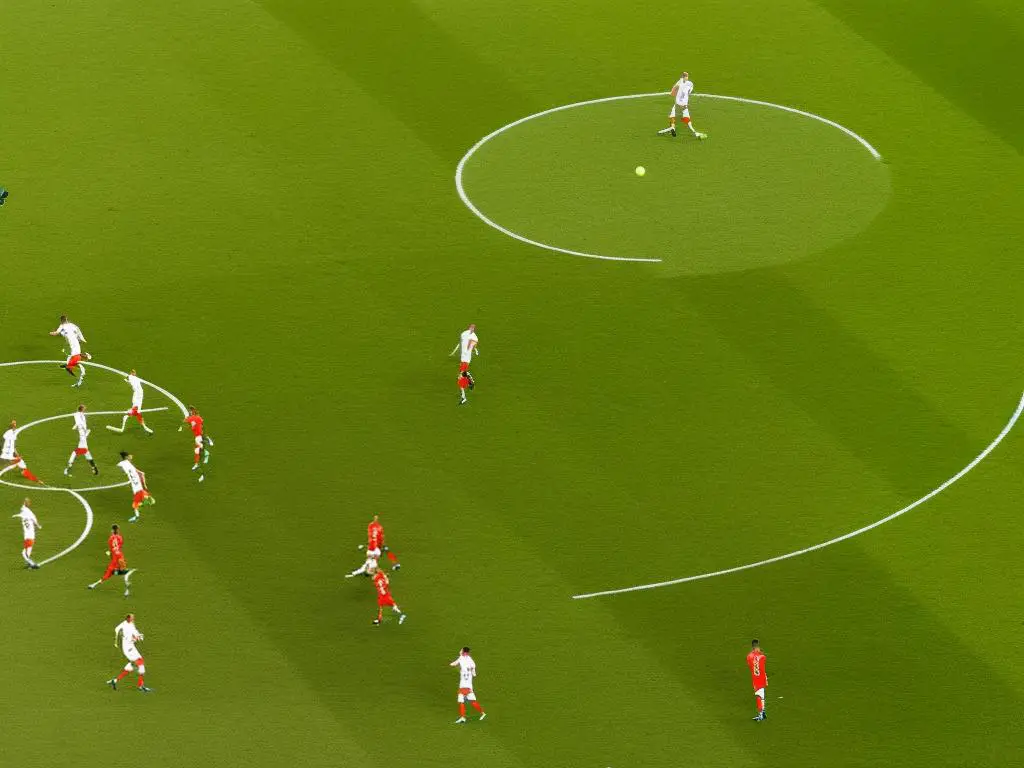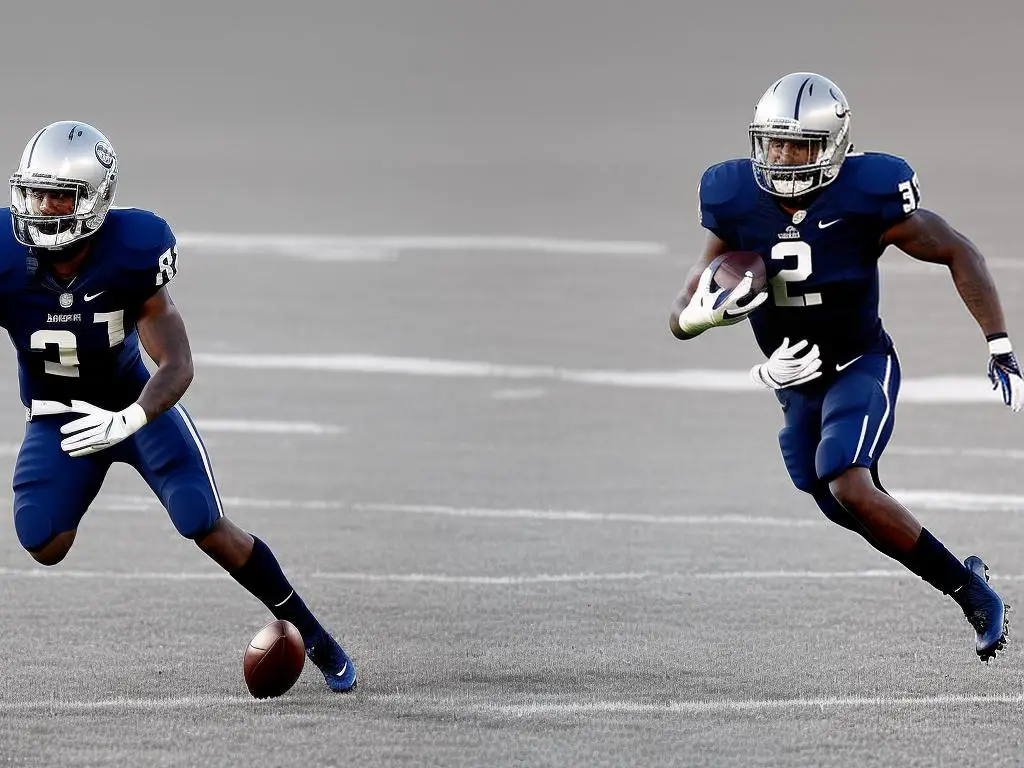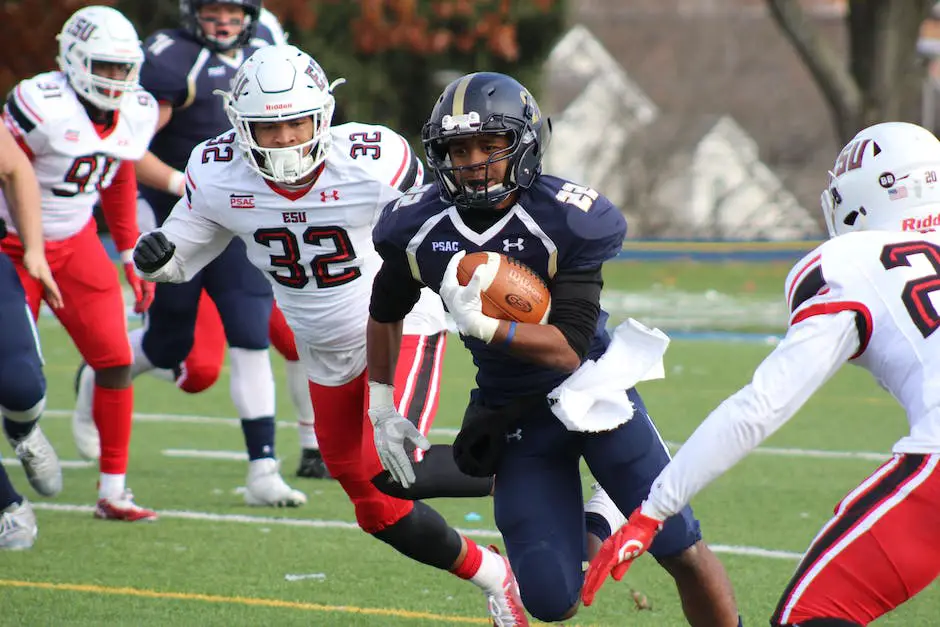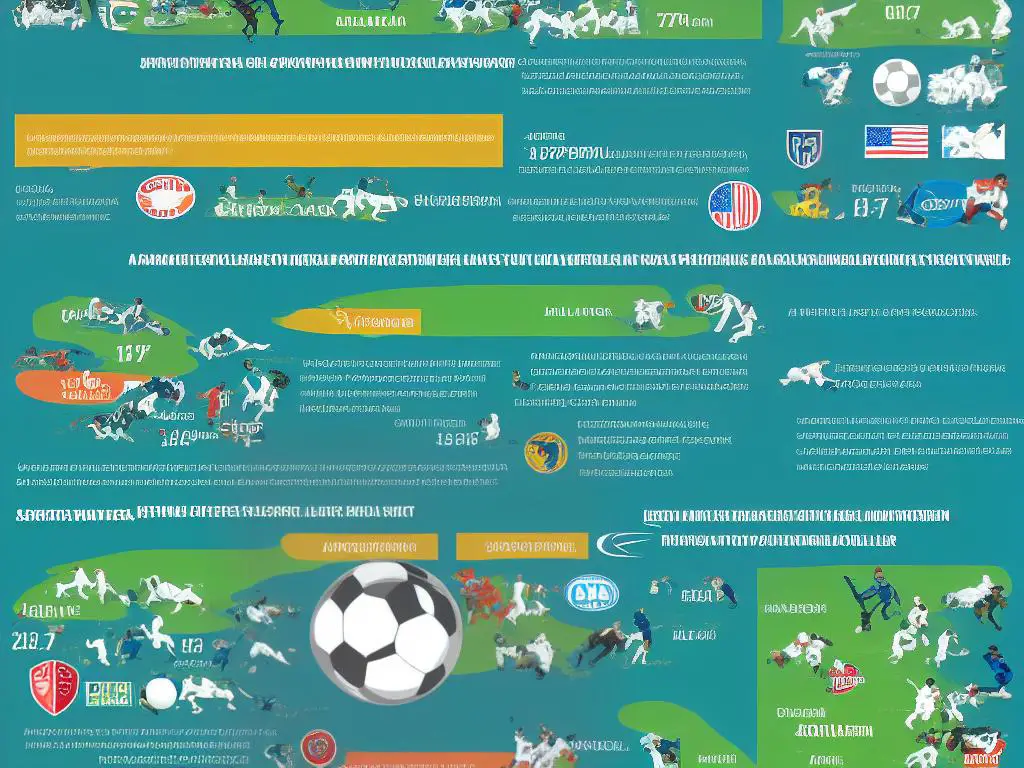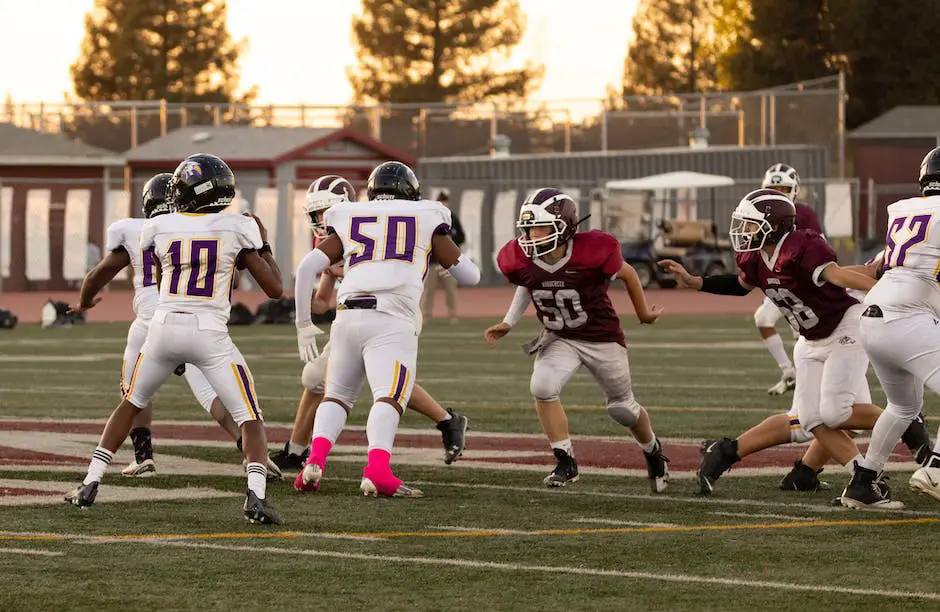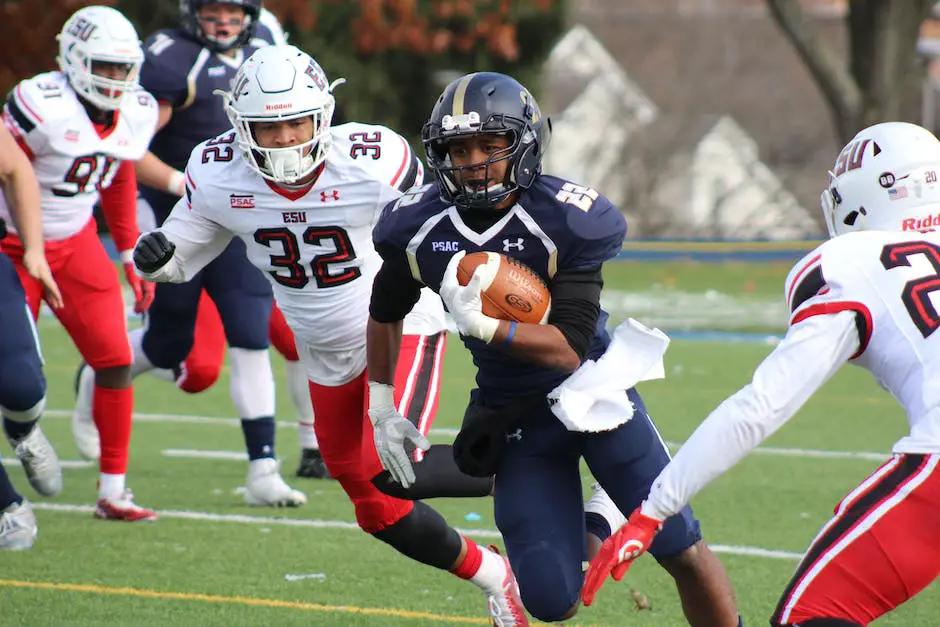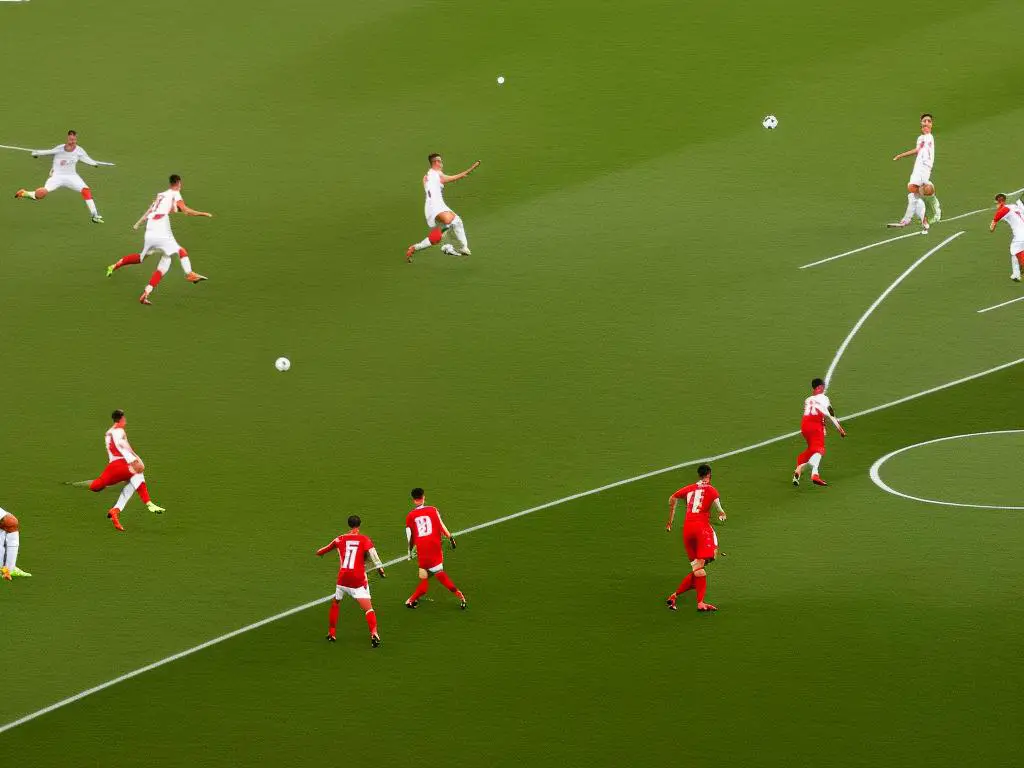Football History: A Journey Through Time
Football, known as soccer in the United States, is a sport that captures the hearts and minds of fans worldwide. From its ancient origins to the flashy multi-billion-dollar industry it is today, the beautiful game has consistently evolved and adapted, leaving an indelible mark on the world along its storied journey. This exploration into the history of football delves into the development of rules and tactics, iconic clubs and rivalries, legendary players and managers, noteworthy competitions and milestones, its broad influence on society, and finally, a look into the future of this ever-changing global phenomenon.
Origins of Football
One of the earliest forms of football can be traced back to ancient civilizations, including the Chinese, Greeks, and Romans. In China, a game known as cuju, which translates to “kick the ball,” was played as early as the Warring States period (5th century BC). The objective was to kick a leather ball through a small opening without using hands, striking resemblances to modern-day football. Meanwhile, in ancient Greece, a game called episkyros involved players trying to throw a ball across a designated line while fending off opponents. The Roman adaptation of this game, called harpastum, was played with a smaller, harder ball. These early forms of football laid the foundation for the evolving sport and its influence on various cultures.
In medieval Europe, several ball games resembling football emerged, such as mob football in England and la soule in France. Mob football, in particular, was played between neighboring towns and villages, with teams involving unlimited players trying to move an inflated pig’s bladder into their opponents’ territory. The sport was largely unregulated and often led to violence and chaos, prompting many monarchs, including Edward II and Henry IV, to attempt banning the game.
Football began to take on a more standardized and codified form in the early 19th century, mainly in English schools. Different schools developed their own rules and variations, such as the Cambridge Rules in 1848, which forbade the grasping of the ball and tripping. In 1863, the modern form of football was established with the formation of the Football Association (FA) in England. The FA set key rules, such as prohibiting the use of hands and introducing free kicks and penalties for rule violations, paving the way for the formation of professional leagues and associations.
The sport expanded internationally in the late 19th and early 20th centuries, with the first international match held in 1872 between England and Scotland. The Federation Internationale de Football Association (FIFA), the sport’s global governing body, was established in 1904, and nine years later, the first international competition, the British Home Championship, took place. Football continued to gain popularity and has become the most widely played sport worldwide.
Football, a distinct sport in the United States, has evolved from a combination of rugby and soccer influences, known today as American football. Dating back to the late 19th century, Walter Camp, a Yale and Hopkins School player, introduced a series of rule changes that eventually led to the founding of the National Collegiate Athletic Association (NCAA) and the National Football League (NFL) in the 20th century. Today, both American football and soccer enjoy vast and passionate fan bases and continue to evolve and grow in popularity worldwide.
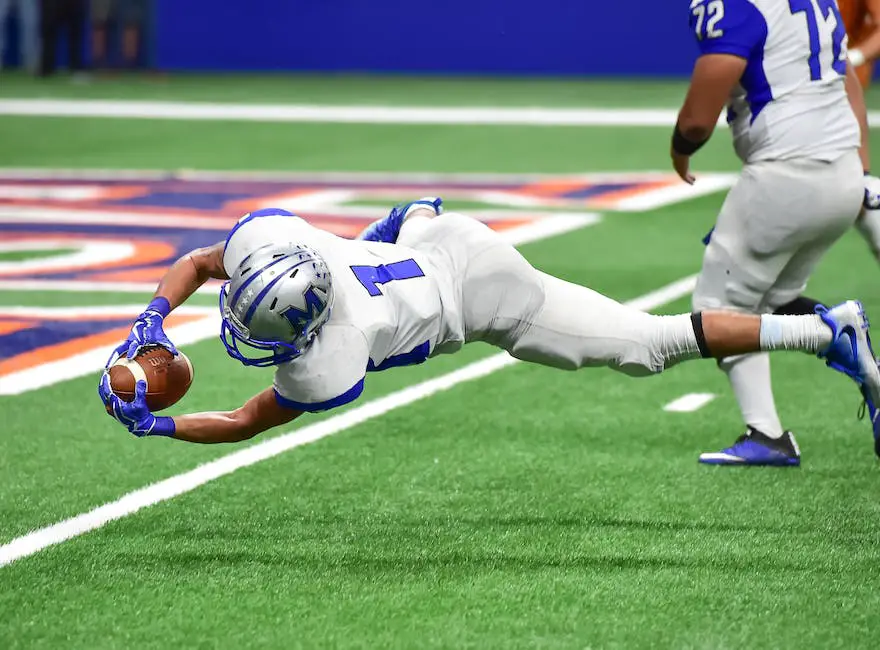
Evolution of Football Rules and Tactics
In the early stages of football’s evolution, one significant change took place in 1880 when the number of players on a team was standardized to eleven. Before this, teams had a wide range of player numbers, some fielding as many as 25 players. Later, in 1906, the forward pass was legalized, dramatically altering the game’s strategic possibilities. This change was implemented in response to an increasing number of severe injuries and fatalities resulting from mass formations and rough play, particularly the notorious "flying wedge." Legalizing the forward pass ushered in a more open style of play that emphasized speed and agility over brute force.
In addition to changes in basic rules, tactical breakthroughs have played a significant role in the evolution of football. One significant tactical advancement was the development of the T-formation in the 1930s and 1940s, which revolutionized offensive play. This formation featured a quarterback receiving the ball directly from the center and three running backs lined up behind him, forming a T-shape. The design allowed for increased deception and flexibility, leading to more exciting and unpredictable offensive plays. The success of the T-formation was evident as the Chicago Bears, coached by George Halas, won the 1940 NFL Championship, scoring a record 73 points. This led to a surge in popularity for the formation, inspiring other teams to incorporate it into their tactics.
Defensive tactics have also evolved, with coaches developing schemes to counter various offensive strategies. One renowned defensive strategy is the “zone defense,” which assigns defenders to specific areas on the field rather than to individual offensive players. This tactic gained prominence in the 1950s and 1960s, countering the innovative passing offenses that were becoming prevalent. It was especially effective in limiting the impact of fast and skilled wide receivers, forcing quarterbacks to make more precise and risky throws.
Another turning point in football’s tactical evolution came with the introduction of the West Coast offense in the 1980s under the leadership of head coach Bill Walsh of the San Francisco 49ers. This offensive philosophy emphasized short, precise passing and quick decision-making by the quarterback to maximize ball control and minimize turnovers. The West Coast offense was successful in exploiting gaps in the defensive coverage, and its innovative approach to passing paved the way for the modern “pass-first” offenses prevalent in today’s game.
In recent years, football has continued to evolve as coaches and teams adapt and innovate to gain a competitive advantage. For example, the “no-huddle” offense, which minimizes breaks between plays, is employed to keep defenses off balance and unable to make substitutions. This fast-paced, aggressive style of play emphasizes a well-conditioned team and quick decision-making. Additionally, the proliferation of mobile and dual-threat quarterbacks has led to the incorporation of read-option and run-pass-option (RPO) plays, further diversifying the game’s already complex strategic landscape.
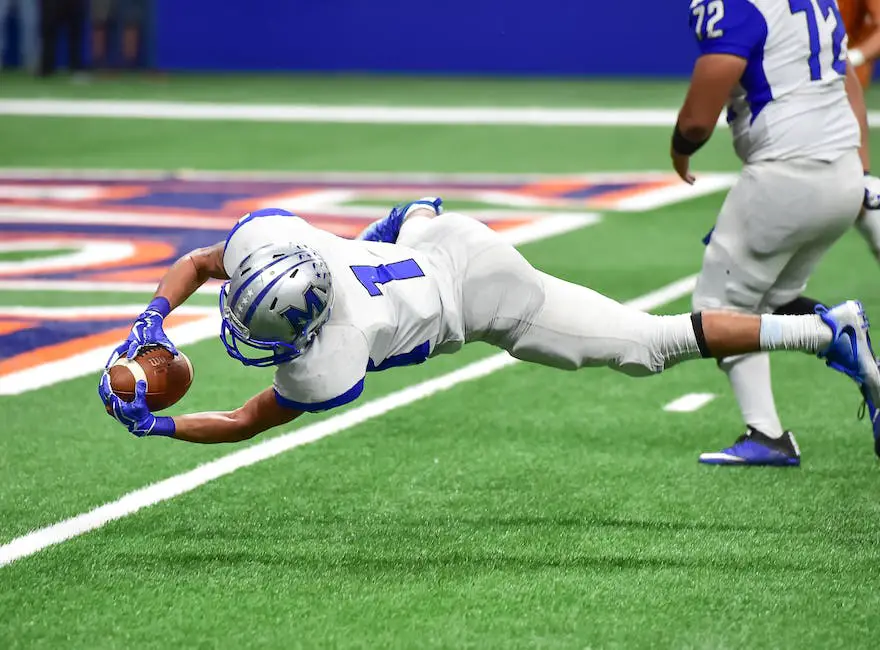
Historic Football Clubs and Rivalries
As football has grown in popularity over the years, so too have the intense rivalries between teams. One of the most passionate rivalries in the history of the sport is between the iconic football clubs FC Barcelona and Real Madrid, often referred to as “El Clásico.” Both clubs have rich, fascinating histories and global fan bases that are unwavering in their loyalty. FC Barcelona, founded in 1899, has not only been successful on the field but has always been closely associated with the culture of Catalonia and its fight for independence. In contrast, Real Madrid, founded in 1902, has been seen as the establishment team, and was rumored to be the preferred club of Spain’s dictator Francisco Franco. These clubs have featured some of the greatest footballers of all time, and their matches are marked by intense emotions, incredible talent, and a level of competition unmatched in the world of football.
Another historic rivalry can be found on British soil between two football clubs with deep working-class roots – Manchester United and Liverpool. With both cities being prominent locations during the industrial revolution, this rivalry extends beyond football, delving into the social, economic, and cultural differences between the neighboring cities. Collectively, they have usurped numerous domestic and international titles, with Manchester United holding a total of 20 English league titles and Liverpool having secured 19. The rivalry has produced countless memorable matches, and despite occasional instances of unsportsmanlike conduct, there is no denying the mutual respect and intense competition that has made this rivalry a crucial component of football history.
In Italian football, one cannot overlook the historic rivalry between AC Milan and Inter Milan, the two largest clubs in the city of Milan. Sharing the same stadium, San Siro, each match between these clubs is dubbed the “Derby della Madonnina” – a tribute to one of the city’s main landmarks. The intense rivalry is a reflection of the competitive nature of Italian football, with AC Milan being founded in 1899 and Inter Milan being created later in 1908 by a faction of Milan supporters that disagreed with the club’s policy surrounding foreign players. Throughout their extensive history, both clubs have achieved immense success, including a combined total of 36 Italian Serie A titles and 10 UEFA Champions League titles.
One of the most storied football rivalries in South America is Argentina’s Superclásico, a fierce battle between Boca Juniors and River Plate, both based in Buenos Aires. Rooted in social differences, the clash initially depicted River Plate as the affluent team and Boca Juniors as the working-class club. Since then, the two teams have grown to become giants of Argentine football, drawing in a passionate and dedicated fan base that goes to great lengths in showcasing their loyalty. Matches between the two clubs are hugely anticipated events with deep cultural significance, and their sporting rivalry has been passed down through the generations. The Superclásico is often listed as one of the most important and unforgettable experiences in the world of sports.

Legendary Players and Managers
Impact of Legendary Players: Pele
Football history would be incomplete without mentioning Pele, considered by many as the greatest football player of all time. Born Edson Arantes do Nascimento in Brazil, Pele began his career at Santos in 1956, where he scored more than 1,000 goals. He led Brazil to three FIFA World Cup titles in 1958, 1962, and 1970, a feat that has not been matched by any other player. After retiring from international football, Pele joined the New York Cosmos in the North American Soccer League (NASL), helping to popularize the sport in the United States. Widely recognized for his skill, speed, and scoring prowess, Pele is the only player to have won the FIFA Ballon d’Or three times (1961, 1963, and 1965). His legendary status in the sport has inspired generations of footballers and fans alike, contributing to the rich history of the game.
Diego Maradona
Another legendary player in football history, Diego Maradona, captivated fans with his extraordinary dribbling abilities and vision on the field. The Argentine forward began his illustrious career with Argentinos Juniors and Boca Juniors before moving on to successful stints with European clubs Barcelona and Napoli. Maradona led Argentina to the 1986 World Cup title, scoring one of the most famous goals in tournament history, known as the “Hand of God.” Despite his well-documented struggles off the field, Maradona’s impact on football history is undeniable, and he is often compared to Pele for the title of the greatest player of all time.
Sir Alex Ferguson
In addition to legendary players, football history has seen its fair share of iconic managers who have left an indelible mark on the game. Sir Alex Ferguson, former manager of Manchester United, is considered one of the most successful football managers in history. During his tenure at Manchester United from 1986 to 2013, Ferguson won 13 English Premier League titles, five FA Cups, and two UEFA Champions League titles. Under his leadership, Manchester United developed a winning culture and produced numerous world-class players, such as Ryan Giggs, Paul Scholes, and David Beckham.
Rinus Michels
Another name synonymous with football management excellence is that of Rinus Michels, who introduced the concept of “Total Football” with the Dutch national team and Ajax Amsterdam. Under Michels’ guidance, Ajax won three consecutive European Cup titles (1971-1973), while the Dutch national team reached the 1974 World Cup final. Michels’ revolutionary tactics and in-depth understanding of the game changed the way football was played, influencing subsequent generations of managers and players.
Johan Cruyff and the Evolution of Total Football
Johan Cruyff, one of the most iconic figures in the realm of football history, was pivotal in transforming the approach to the sport. As a player, Cruyff was often associated with Rinus Michels’ concept of Total Football, which he later carried into his own career as a legendary manager. Coaching clubs such as Ajax and Barcelona during the 1980s and 1990s, Cruyff steered both teams to remarkable success. Barcelona witnessed Cruyff’s ‘Dream Team’ achieve four consecutive La Liga titles from 1991 to 1994, topped off by their inceptive UEFA Champions League title in 1992. Cruyff’s influence on football was profound and enduring, as his philosophies on playing and managing continue to leave their mark on the sport.

Major Competitions and Milestones
Football Competitions and the FIFA World Cup
A crucial juncture in football history occurred with the institution of the FIFA World Cup, which was first held in 1930 in Uruguay. Occurring every four years, this global championship is the most prestigious tournament in international football, attracting the largest viewership of any recurring sporting event. The maiden event saw merely 13 teams participate, with the host nation Uruguay clinching the coveted championship title. Today, the World Cup accommodates 32 teams, boasting various milestones in its storied past. Examples include Pele’s singular achievement of winning three titles (1958, 1962, and 1970) and Germany matching Brazil for the most finals appearances at eight each.
Domestic Leagues
Domestic leagues have also played a significant role in football history, with the English football league system being one of the oldest and most influential. Founded in 1888 as the Football League, it has evolved over time into a multi-tiered structure, with the Premier League as the top tier since 1992. The league has produced some of the world’s best-known clubs and players, such as Sir Alex Ferguson’s Manchester United, who won 13 Premier League titles between 1993 and 2013, and Thierry Henry, who scored a record 175 goals for Arsenal.
Continental Championships
Continental championships provide another layer of competition for national teams and clubs alike. The Union of European Football Associations (UEFA) holds two flagship competitions: the UEFA European Championship for national teams and the UEFA Champions League for clubs. The European Championship, first held in 1960, has seen moments like the legendary Dutch team of the 1970s, led by Johan Cruyff, failing to win the title despite revolutionizing football with their ‘Total Football’ philosophy. The Champions League, an annual knockout competition for Europe’s top clubs, has produced iconic moments such as Liverpool’s stunning comeback from a 3-goal deficit to win the 2005 final against AC Milan.
In addition to Europe, other continents hold their championships as well. The Copa America has been held since 1916 and is the oldest international football tournament still active. Originally called the South American Championship, it has featured historically strong teams such as Argentina and Brazil. Another significant continental championship is the African Cup of Nations, first held in 1957. Egypt holds the record for the most titles, with seven wins to their name.
Youth Tournaments
Youth tournaments have played a vital role in developing and showcasing the talents of future soccer stars on an international stage. The FIFA U-20 World Cup, first held in 1977, is seen as a breeding ground for budding legends, with icons like Diego Maradona and Lionel Messi making their mark in the competition before achieving success in senior soccer. Similarly, the UEFA European Under-21 Championship has featured standout players such as Andrea Pirlo and Petr Cech, who first shined for their respective national teams before rising to international stardom.

The Influence of Football on Society
Soccer’s Impact Beyond Athletic Competition
In addition to its role in shaping athletic careers, soccer has extended its impact to various aspects of society, including culture, politics, economics, and social change. The universal appeal and wide reach of the sport have made it a powerful avenue for addressing and raising awareness of social issues, bringing people together, and inspiring global change.
Football in Popular Culture
Football has bridged together communities and inspired fervent fan bases, showcasing camaraderie and pride by wearing team colors, singing fight songs, and even partaking in pre-game rituals. Such practices have fostered a sense of belonging and solidarity among fans, transcending geographical, racial, and socio-economic divisions. Consequently, the sport has become deeply embedded in local and national cultures.
Football in Politics
Football has often acted as a platform for resistance and protest, enabling players to demonstrate their activism. Throughout history, numerous athletes have leveraged their visibility to address societal issues such as racism, inequality, and human rights violations. Football events like the World Cup have been the backdrop for politically-driven boycotts, as some nations refuse to participate as a form of dissent against the host nation’s policies. Additionally, government leaders have capitalized on football’s popularity, employing it as a tool to foster patriotism, develop national identity or, in some cases, to divert public attention from pressing issues.
Football in Economics
Football has become a powerful industry in its own right, contributing to the growth of local and national economies. Prime examples include the construction and renovation of stadiums, which create jobs and stimulate economic activity in the surrounding area. Moreover, cities hosting major football tournaments typically experience a surge in tourism with accompanying increases in revenue across sectors such as hotels, restaurants, and transportation. Football clubs have evolved into lucrative businesses, often attracting wealthy investors and generating millions of dollars in sponsorships and advertising deals.
Football and Social Change
Football has had a profound impact on social change, serving as a vehicle for promoting inclusivity and breaking down barriers. The emphasis on teamwork has played an instrumental role in combating racism, sexism, and other forms of discrimination, cultivating an environment where individuals from different backgrounds come together for the collective goal. Various organizations such as “Kick It Out” actively combat racism in football, ensuring the sport remains accessible and welcoming to all. Furthermore, women’s football has played an invaluable role in challenging gender stereotypes and encouraging the pursuit of athletic endeavors among young girls, both on and off the field.
Football and Philanthropy
As football has become a global phenomenon, it has simultaneously expanded its reach to include philanthropy and social responsibility efforts. Numerous football stars contribute sizable portions of their earnings to charitable causes or create foundations focused on social issues such as education and healthcare. Additionally, clubs frequently participate in community outreach initiatives, utilizing their influence to better people’s lives. Through its widespread societal impact, football has grown to be more than just a sport, simultaneously becoming a significant force in the modern world.

The Future of Football
Emerging Trends in Football
One of the significant trends emerging within football is the heightened focus on player safety, explicitly addressing concerns related to concussion and head injuries. The NFL has recently implemented critical rule changes to decrease the number of violent collisions, such as penalizing helmet-to-helmet hits and altering kickoff rules. Moreover, the advancement of innovative helmet technologies aims to minimize the risk of severe injuries. As football progresses, it is likely that the game will continue to adapt, striving to strike the balance between maintaining its physical excitement while providing better protection for its players.
Advanced Performance Analytics
Another trend shaping the future of football is the advent of advanced performance analytics. Teams now have access to more data than ever before, tracking player performance not only through traditional statistics but also through advanced metrics that measure everything from field vision to decision-making ability. This data is driving decisions about player acquisitions, game strategies, and even practice schedules. For example, the adoption of wearable technology has allowed coaches to monitor player workload and adjust training regimens to optimize performance and reduce injury risk.
Technological Advancements
Technological advancements are also influencing the way we consume football as fans. Virtual reality (VR) and augmented reality (AR) technologies have the potential to revolutionize how we experience the sport. Imagine being able to watch games from the perspective of a player on the field, or even participating in a virtual training camp with your favorite team. The development of advanced broadcast technology could also enable fans to enjoy an immersive, 360-degree view of the game, making them feel closer to the action than ever before.
Globalization of Football
Yet another potential change to football in the years to come is the increased globalization of the sport. While American football is still mainly limited to the United States, efforts by the NFL to expand its international fan base by hosting games overseas have proven successful. There have been discussions of potentially creating an NFL European division, which could pave the way for expansion into other parts of the world. As the sport gains popularity in other countries, we may see more international players joining the NFL, as well as the development of new leagues and championships outside of the United States.
Growth of Women’s Football
Finally, the growth of women’s football deserves to be acknowledged. While still relatively small when compared to the NFL, women’s tackle and flag football leagues have continued to expand in recent years, and the sport has even been added as an NCAA emerging sport for women, a classification that promotes the development of fledgling college sports. This recognition could lead to increased resources and opportunities for women football players and bring about an even brighter future for fans of the sport as a whole.

As the world of football continues to progress and excite, the sport’s lasting impact on society is indisputable. Through its rich history of rule changes, tactical innovations, unforgettable rivalries, and influential figures, football has grown to become a unifying force that transcends borders and cultures. While the future of football promises technological advancements and potential new developments, one thing remains constant: the passion, joy, and emotion it inspires in fans around the globe. And so, the story of football persists, always poised to captivate and amaze generations to come.










